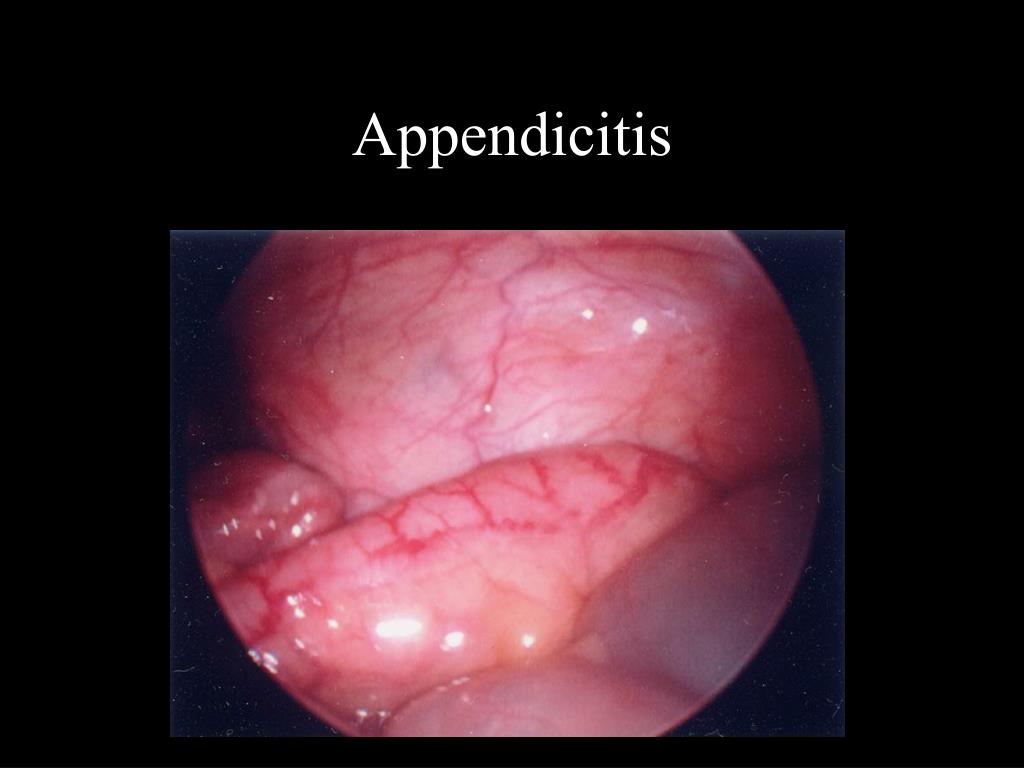Peptostreptococcus is an anaerobic, gram-positive, non-spore-forming cocci genus that forms part of the normal flora of the gastrointestinal tract. However, under pathological conditions such as appendiceal inflammation, these bacteria contribute significantly to complicated appendicitis, especially when perforation, abscess, or peritonitis occurs.
Complicated appendicitis refers to appendiceal infections associated with gangrene, rupture, abscess formation, or diffuse peritonitis. Peptostreptococcus plays a pivotal role in the polymicrobial synergy that escalates appendicitis into its complicated form, often in conjunction with Bacteroides fragilis, Escherichia coli, and Fusobacterium species.

Pathogenesis of Peptostreptococcus in Appendiceal Infections
Anaerobic Infiltration and Localized Tissue Necrosis
The pathophysiology of complicated appendicitis involves the obstruction of the appendiceal lumen, leading to bacterial overgrowth, ischemia, and inflammation. Peptostreptococcus, thriving in anaerobic, necrotic environments, invades the mucosa, promoting the formation of localized intra-abdominal abscesses and contributing to systemic inflammatory response syndrome (SIRS) in advanced cases.
Polymicrobial Interactions
Peptostreptococcus’s virulence is potentiated by synergistic relationships with other anaerobic and facultative anaerobic organisms, creating a robust microenvironment resistant to host immune defenses and antibiotic treatment.
Clinical Manifestations of Peptostreptococcus-Induced Complicated Appendicitis
Patients typically present with symptoms suggestive of advanced intra-abdominal infection:
- Right lower quadrant pain progressing over 48–72 hours
- High-grade fever and chills
- Anorexia, nausea, vomiting
- Rebound tenderness and guarding
- Palpable mass in the right iliac fossa (suggestive of abscess)
- Leukocytosis with left shift
In cases of generalized peritonitis, hypotension, tachycardia, and altered mental status may be observed, indicating sepsis.
Diagnostic Approach to Anaerobic Appendiceal Infection
Laboratory Investigations
- Complete Blood Count (CBC): Elevated WBC with neutrophilia
- CRP and Procalcitonin: Elevated in systemic inflammation
- Blood Cultures and Aspirates: Anaerobic cultures often yield Peptostreptococcus in peritoneal fluid
Imaging Modalities
1. Contrast-Enhanced CT Abdomen
- Gold standard for complicated appendicitis
- Reveals thickened appendix, periappendiceal fluid, phlegmon, or abscess
2. Ultrasound Abdomen
- Useful in pediatric and pregnant populations
- Detects localized collections suggestive of abscess or perforation
Microbiological Profile and Antimicrobial Resistance
Peptostreptococcus Characteristics
- Gram-positive anaerobic cocci
- Resistant to macrolides and variable resistance to clindamycin
- Susceptible to beta-lactam/beta-lactamase inhibitors and metronidazole
Polymicrobial synergy demands broad-spectrum empirical therapy, particularly when dealing with perforation or abscesses.
Treatment and Management Protocols
Initial Medical Stabilization
- IV Fluid Resuscitation
- Hemodynamic monitoring
- Broad-spectrum IV antibiotics
Empirical Antimicrobial Regimens:
- Piperacillin-tazobactam
- Meropenem or Imipenem-cilastatin
- Ceftriaxone + Metronidazole
- Ampicillin-sulbactam (in mild to moderate cases)
Surgical Interventions
1. Emergency Appendectomy
Indicated in generalized peritonitis or hemodynamic instability.
2. Interval Appendectomy
Preferred after initial percutaneous drainage of appendiceal abscess and antibiotic therapy in stable patients.
3. Laparoscopic vs Open Approach
Laparoscopy offers advantages in early recovery and reduced adhesion formation.
Postoperative and Supportive Care
- Monitoring for residual abscesses via follow-up CT
- Repeat cultures if infection persists
- Nutritional support in septic patients
- Pain management and early mobilization
Prognosis and Long-Term Outcomes
With prompt diagnosis and appropriate antimicrobial-surgical intervention, outcomes are favorable. However, delayed diagnosis, antibiotic resistance, or comorbid conditions may complicate recovery. Long-term risks include:
- Adhesion-related bowel obstruction
- Chronic right lower quadrant pain
- Recurrent intra-abdominal infections
Preventive Insights and Public Health Implications
- Early detection and intervention in acute appendicitis
- Limiting inappropriate antibiotic use to prevent resistance
- Maintaining sterile surgical technique and postoperative monitoring
- Educating patients on early symptoms to avoid delayed presentation
Peptostreptococcus is a significant but often underrecognized anaerobe contributing to complicated appendicitis. Its role in synergistic polymicrobial infections demands an aggressive, multi-faceted approach involving precise diagnostics, targeted antibiotics, and surgical intervention when necessary. Recognition of its pathogenicity and resistance profile is essential for clinicians managing advanced intra-abdominal infections.